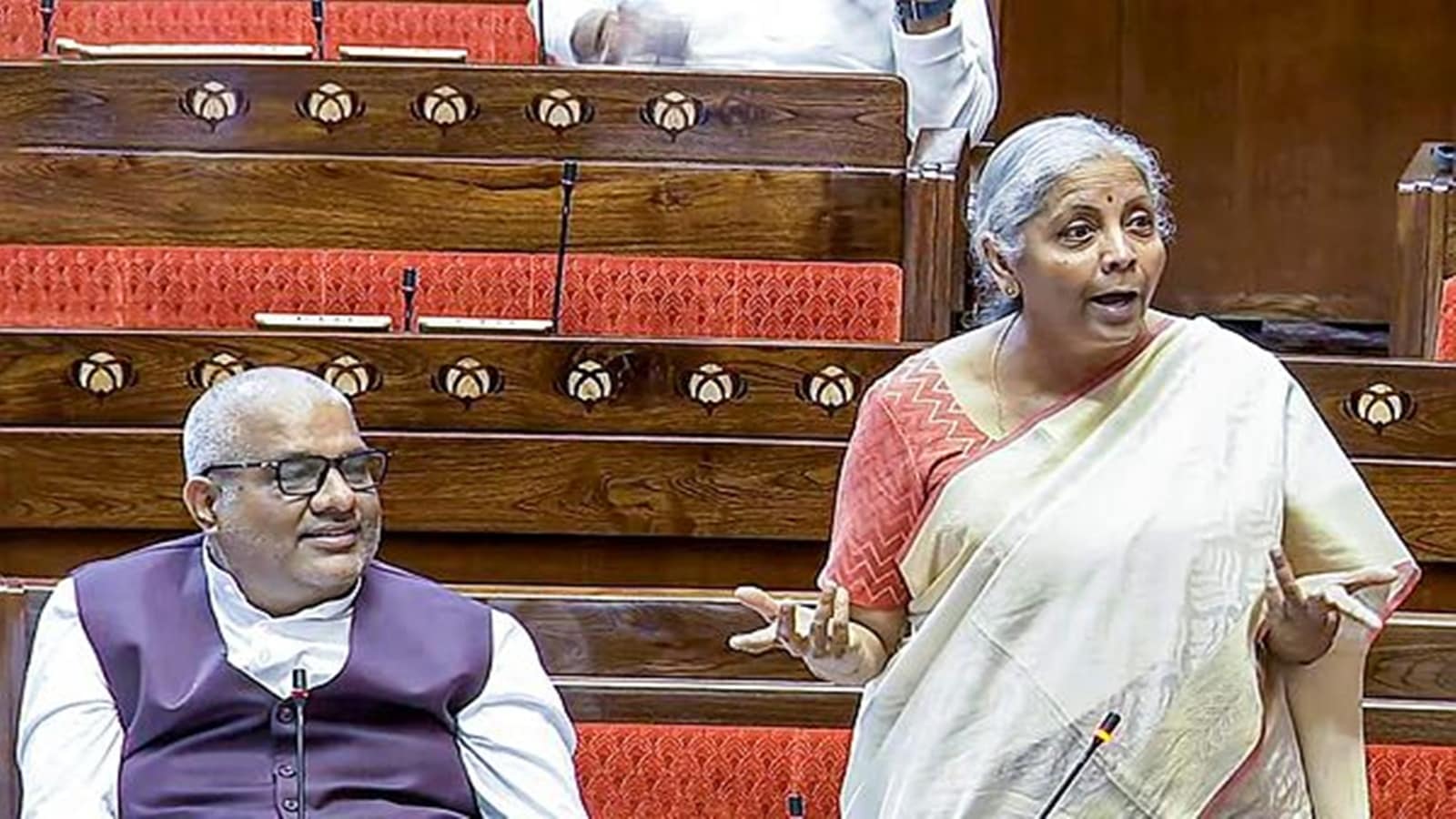
Nirmala Sitharaman Sparks Rajya Sabha Banter with Hindi Jibe
Table of Contents
- Introduction
- The Incident in Rajya Sabha
- Key Reactions
- The Hindi Debate in Indian Politics
- The Role of Regional Languages
- The Cultural Perspective
- Conclusion
Introduction
Nirmala Sitharaman, the Minister of Finance and Corporate Affairs of India, recently ignited a lively discussion in the Rajya Sabha with a light-hearted comment that highlighted the fascinating interplay of language and politics. Her remark was not just a reflection of her own political dexterity but also underscored the intricate and sometimes contentious role that language plays in Indian legislative discourse. Language, especially Hindi, often becomes a focal point in the political arena, representing cultural, regional, and political identities.
The Incident in Rajya Sabha
During a session in the Rajya Sabha, Sitharaman delivered a witty Hindi remark that sparked a ripple of amusement and banter across the house. The comment was directed towards Tiruchi Siva, a Dravida Munnetra Kazhagam (DMK) member known for his eloquent speeches in Tamil. In a playful exchange, Sitharaman's words brought to the forefront the ever-present tension between the use of Hindi and regional languages in central legislative proceedings.
While the exact phrasing of her jibe was light in nature, it served as a reminder of the ongoing debates around the predominance of Hindi in national discourse. The reaction in the house was one of surprise followed by laughter, signaling that this subject, while serious, can also be approached with humor and mutual respect among lawmakers.
Key Reactions
The reactions within the Rajya Sabha were varied. Some members saw Sitharaman's remark as a clever maneuver to instigate dialogue about linguistic diversity in India. The divergence in opinion among Indian lawmakers often mirrors the country's own heterogeneity, with responses ranging from enthusiastic support for the use of Hindi as a national language to calls for the protection and promotion of regional languages.
Tiruchi Siva himself responded gracefully, acknowledging the jest but quickly steering the conversation back to the legislative agenda. His response highlighted the elegance of political discourse that allows for humor while still maintaining focus on pressing issues.
The Hindi Debate in Indian Politics
The debate over the use of Hindi in official settings is a long-standing one in Indian politics. With over 1,600 languages spoken across the country, the introduction of Hindi as the primary official language remains a sensitive topic. For many, Hindi represents a unifying linguistic thread connecting disparate regions. However, for others, especially in states with strong regional identities, the push for Hindi is seen as an imposition that threatens local linguistic heritage.
Hindi versus regional languages forms a complex layer in Indian politics. Proponents of Hindi argue that it offers a practical solution for administrative purposes and promotes national unity. Meanwhile, critics argue that linguistic chauvinism undermines the rich cultural tapestry of India.
The Role of Regional Languages
As debates over Hindi continue, regional languages play a crucial role in shaping political, social, and cultural identity. Many Indian states prioritize their native languages to preserve local traditions and history. The resistance to Hindi often stems from a desire to protect these cultural aspects and ensure representation for all linguistic groups in national dialogues.
In the Rajya Sabha incident, the light-hearted exchange between Sitharaman and Siva served as a microcosm of the larger linguistic discourse in India. It demonstrated the need for a balanced approach that respects and incorporates all voices in the legislative process.
The Cultural Perspective
Language in India is not merely a means of communication; it is a repository of heritage. Each language carries with it centuries of literature, history, and identity. Discussions on language policy, therefore, are deeply interwoven with cultural considerations.
The cultural argument for promoting regional languages alongside Hindi is strong. It advocates for an inclusive framework that not only acknowledges the existence of multiple linguistic identities but also offers them a platform for expression.
In this context, Sitharaman's playful jibe can be seen as a reminder of the cultural nuances entrenched in linguistic policies. Her comment, though political in nature, ignited conversations that reach far beyond the walls of parliament.
Conclusion
Nirmala Sitharaman's remark in the Rajya Sabha, while humorous, underscores the dynamic interplay between language and politics in India. The incident serves as a reminder of the ongoing debates around linguistic diversity and the balance of power between Hindi and regional languages. It highlights the need for an inclusive framework that respects cultural heritage while fostering national unity.
In the ever-evolving narrative of Indian politics, language remains a central theme. It is crucial to continue these conversations that account for every linguistic identity and strive towards a harmonious coexistence. Sitharaman's jibe, in its simplicity, managed to spotlight the complexities of this dialogue, encouraging further discussion and reflection among policymakers and the public alike.


